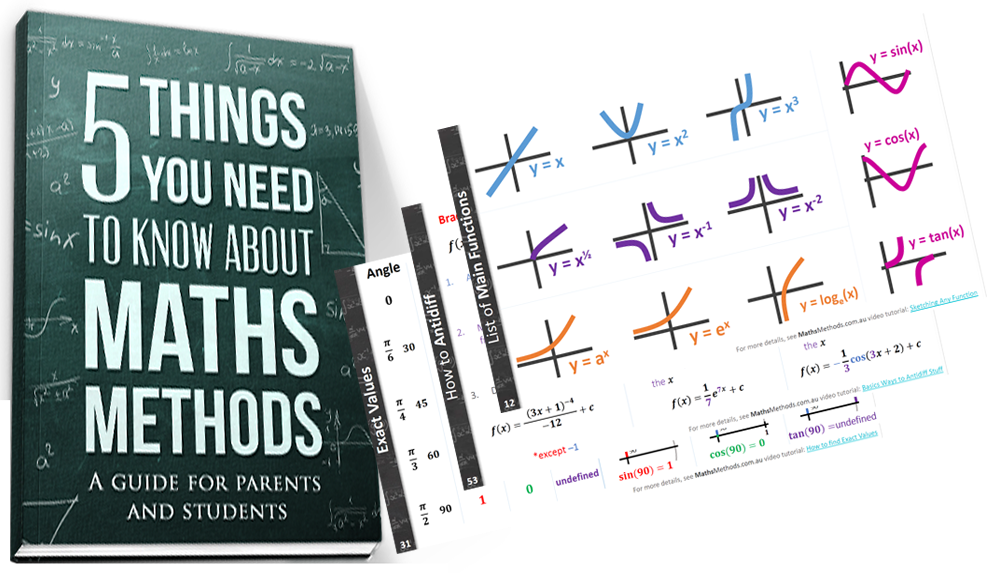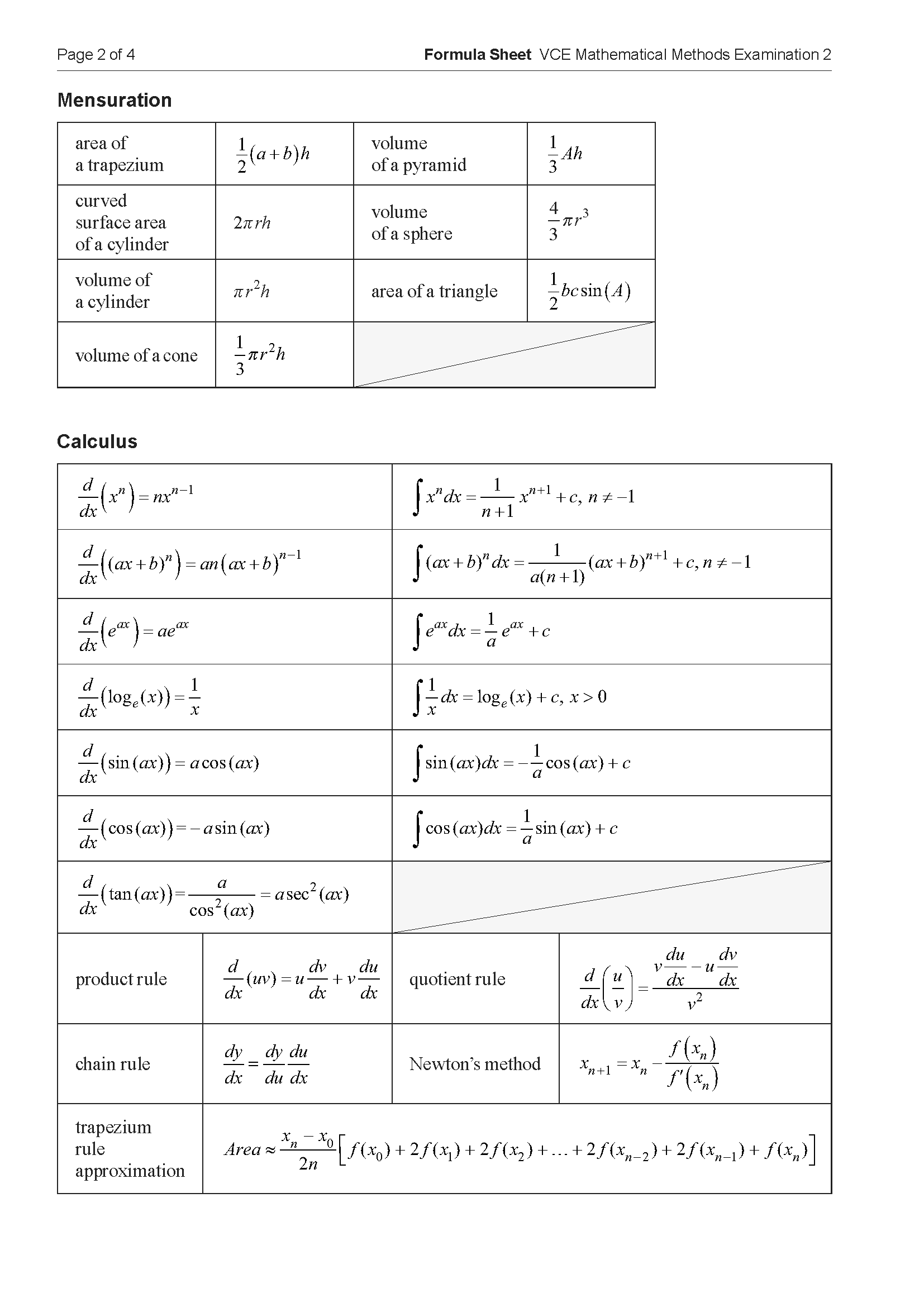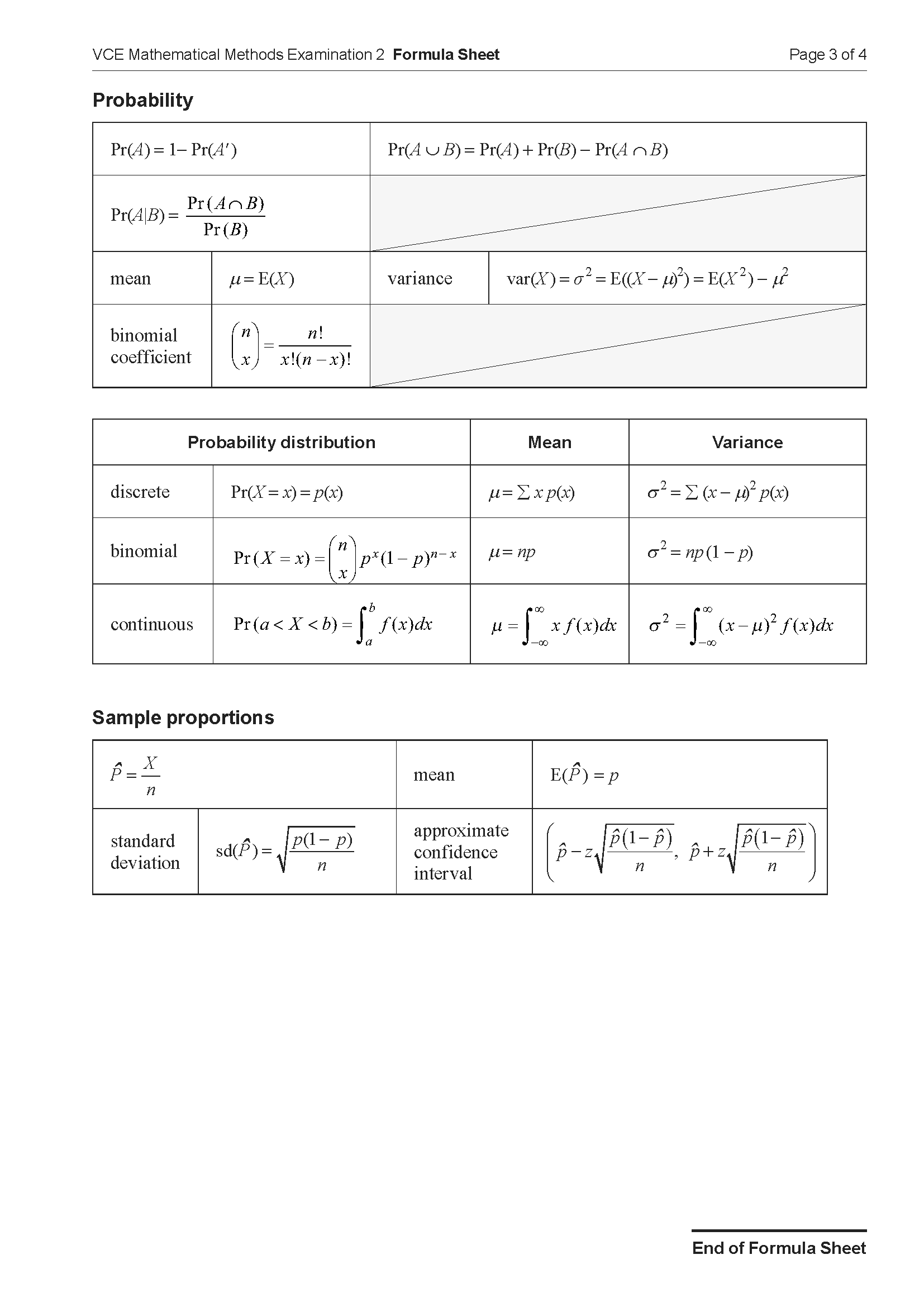VCE Methods Integral Calculus Application Task 9
Number of marks: 10
Reading time: 2 minutes
Writing time: 15 minutes
Section B – Calculator Allowed
Instructions
• Answer all questions in the spaces provided.
• Write your responses in English.
• In questions where a numerical answer is required, an exact value must be given unless otherwise specified.
• In questions where more than one mark is available, appropriate working must be shown.
• Unless otherwise indicated, the diagrams in this book are not drawn to scale.
IMPORTANT NOTE: In the current curriculum, we approximate with trapeziums instead of rectangles.
Four rectangles of equal width are drawn and used to approximate the area under the parabola \(y = x^2\) from \(x = 0\) to \(x = 1\). The heights of the rectangles are the values of the graph of \(y = x^2\) at the right endpoint of each rectangle, as shown in the graph below.
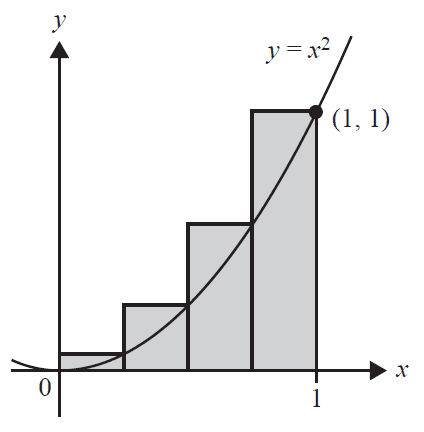
a. State the width of each of the rectangles shown above. 1 mark
b. Find the total area of the four rectangles shown above. 1 mark
c. Find the area between the graph of \(y = x^2\), the x-axis and the line \(x = 1\). 2 marks
d. The graph of \(f\) is shown below.
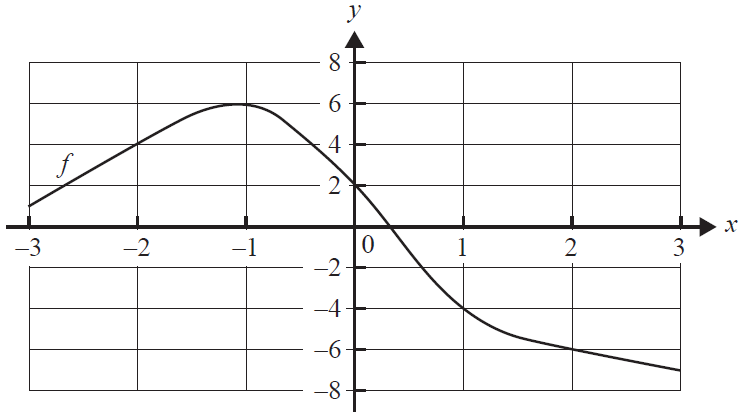
Approximate \(\int_{-2}^{2} f(x)dx\) using four rectangles of equal width and the right endpoint of each rectangle. 1 mark
e. Parts of the graphs of \(y = x^2\) and \(y = \sqrt{x}\) are shown below.
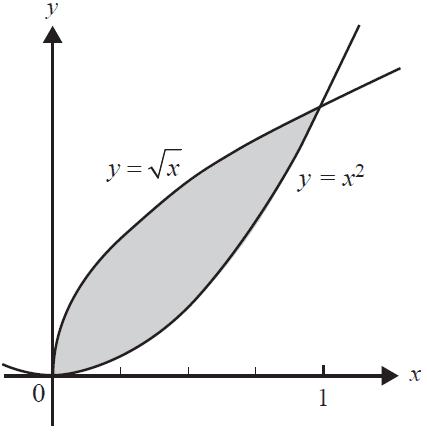
Find the area of the shaded region. 1 mark
f. The graph of \(y = x^2\) is transformed to the graph of \(y = ax^2\), where \(a \in (0, 2]\). Find the values of \(a\) such that the area defined by the region(s) bounded by the graphs of \(y = ax^2\) and \(y = \sqrt{x}\) and the lines \(x = 0\) and \(x = a\) is equal to \(\frac{1}{3}\). Give your answer correct to two decimal places. 4 marks
End of examination questions
VCE is a registered trademark of the VCAA. The VCAA does not endorse or make any warranties regarding this study resource. Past VCE exams and related content can be accessed directly at www.vcaa.vic.edu.au
